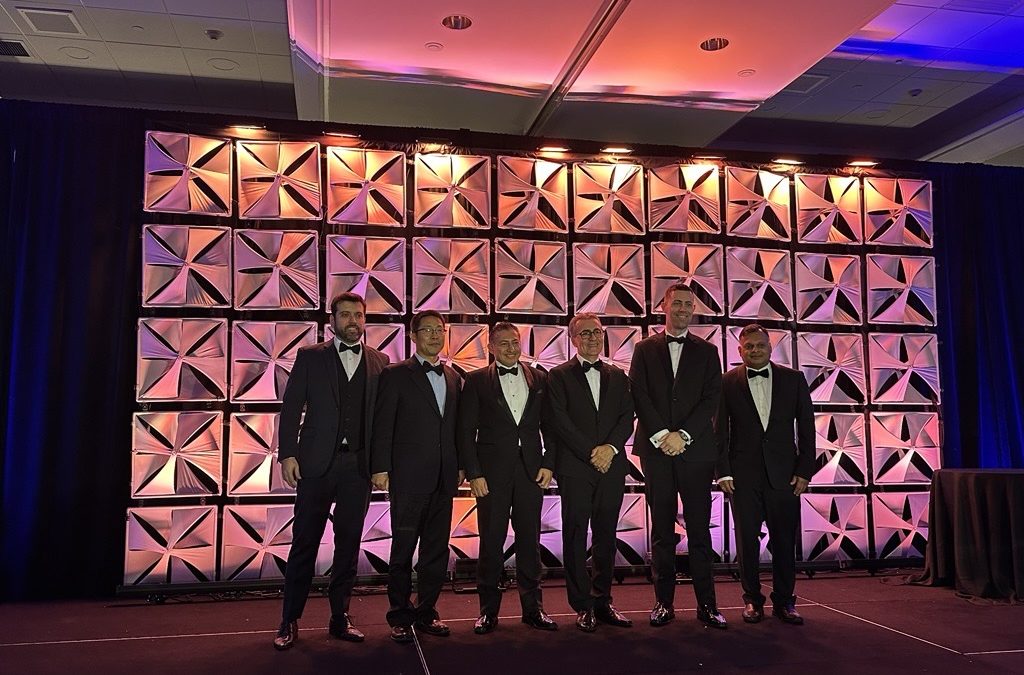OEMs to partner with solution providers and data aggregators to offer meaningful data to consumers across industries, says Frost & Sullivan
Santa Clara, Calif. – March 7, 2019 – While original equipment manufacturer (OEM)-embedded navigation is becoming a standard fitting on premium automobile models, the mass-market segment has relied on smartphone interfacing technologies such as Apple CarPlay and Android Auto. While embedded and mobile-based navigation will continue to co-exist, OEMs are looking to form strategic partnerships with technology companies to make embedded systems smarter. Integrating human-machine interface (HMI) solutions would ensure reduced driver distraction.
For further information on this analysis, please visit: http://frost.ly/39f
 “OEMs have been focusing on incorporating built-in virtual assistantspowered by Artificial Intelligence (AI) and natural language programming (NLP) to add more functionalities to the intelligent in-vehicle infotainment (IVI) system,” said Anubhav Grover, Mobility Research Analyst at Frost & Sullivan. “For instance, in addition to employing third-party assistants such as Microsoft Cortana, Amazon Alexa, and Google Assistant, OEMs like Toyota, Nissan, and Hondahave built car-specific, in-house assistants.”
“OEMs have been focusing on incorporating built-in virtual assistantspowered by Artificial Intelligence (AI) and natural language programming (NLP) to add more functionalities to the intelligent in-vehicle infotainment (IVI) system,” said Anubhav Grover, Mobility Research Analyst at Frost & Sullivan. “For instance, in addition to employing third-party assistants such as Microsoft Cortana, Amazon Alexa, and Google Assistant, OEMs like Toyota, Nissan, and Hondahave built car-specific, in-house assistants.”
Frost & Sullivan’s recent analysis, Global Automotive Navigation System Market, Forecast to 2025, analyzes the North American, South American, European, and Chinese markets for automotive navigation systems solutions. It covers key market drivers, restraints, and trends, as well as recent developments in the market. The study presents the unit shipment forecasts analysis of original equipment embedded navigation, smartphone navigation subscribers, and the popularity of different types of car interfaces. This study also provides key recommendations based on the current value chain dynamics.
“While North America will continue to lead the adoption of navigation solutions, the higher penetration of Long-Term Evolution (LTE) and massive production capacity in China are positioning Asia-Pacific as the next big region for OEMs,” noted Grover. “Besides, with foreign technology companies facing regulatory barriers placed by the Chinese government, MirrorLink and the Baidu CarLife will gain significant shares.”
To make optimal use of the growth opportunities, Tier-1 companies have begun to partner with tech companies to leverage Internet of Things (IoT) applications to integrate connected services data with navigation and location-based services. Successful vendors will aim to:
- Merge real-time information with AI and deep learning to broaden their navigation and location-based service portfolio with personalized and contextual information.
- Focus on delivering a digital experience to customers, which can generate a new revenue stream in the navigation solutions market.
- Offer bundled services through the Data-as-a-Service business model and use in-car payment methods using mobile wallets and e-payments.
- Cover a wide range of models and grab the first-mover advantage by launching smart embedded navigation solutions products.
- Invest in making technologies more economically feasible. Products that deliver value in terms of cost of ownership will be preferred over feature-rich premium products.
Global Automotive Navigation System Market, Forecast to 2025 is part of Frost & Sullivan’s global Automotive & TransportationGrowth Partnership Service program.
About Frost & Sullivan
For over five decades, Frost & Sullivan has become world-renowned for its role in helping investors, corporate leaders and governments navigate economic changes and identify disruptive technologies, Mega Trends, new business models and companies to action, resulting in a continuous flow of growth opportunities to drive future success. Contact us: Start the discussion.
Global Automotive Navigation System Market, Forecast to 2025
K30C-18
Contact:
Francesca Valente
P: +1 210 348 1012





